The Secrets Behind Mona Lisa’s Smile
Mona Lisa has been an object of scrutiny for 500 years as scholars have tried to find answers to questions raised by the masterpiece.
Who was she?
Researchers are currently lifting and testing bone sets from an Italian convent in hopes of identifying the remains of Lisa Gherardini, whom many believe to be the portrait’s subject. Those involved with the project to exhume her remains and use the skull to reconstruct her face say it will prove with more certainty that Mona Lisa is who they think she is, the wife of a Florentine silk merchant. DNA results may be completed as early as June.
There are numerous theories about Mona Lisa’s identity, and more than a dozen others from Da Vinci’s time are thought to have been the sitter for the portrait, including the revered artist’s male assistant (and, some say, possible lover), Gian Giacomo Caprotti da Oreno, better known as Salaì. Other researchers have even posited that the painting is indeed a self-portrait.
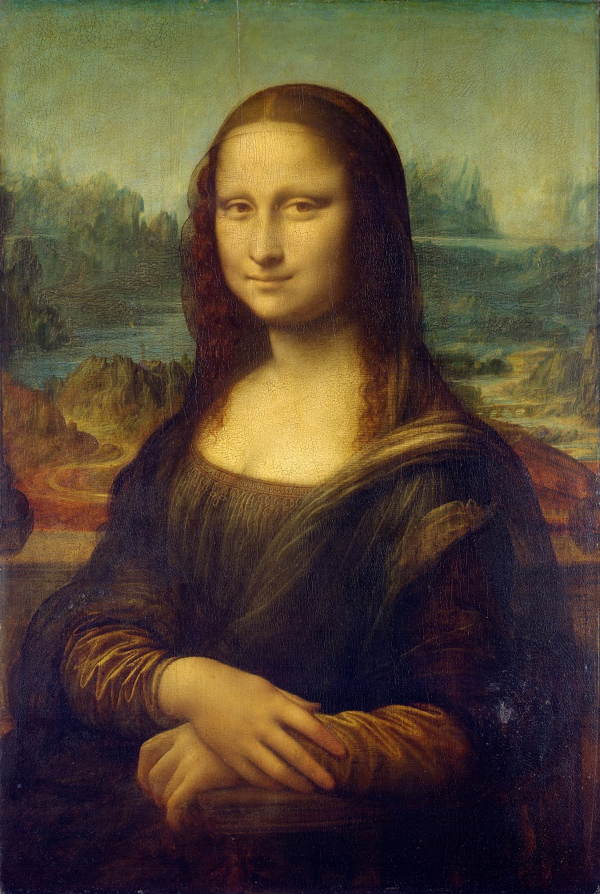
With Da Vinci himself writing little about the painting, researchers have relied on other clues instead, including the painting’s name, that the woman is Gherardini, wife of Francesco del Giocondo, who lived near Da Vinci. Scholars explain that the term “Monna Lisa”—or “Lady Lisa”—is how the woman would have been addressed in her time. Moreover, the painting is called La Gioconda in Italian and La Joconde in French, both meaning a happy or jovial person.
With Da Vinci himself writing little about the painting, researchers have relied on other clues instead, including the painting’s name, that the woman is Gherardini, wife of Francesco del Giocondo, who lived near Da Vinci. Scholars explain that the term “Monna Lisa”—or “Lady Lisa”—is how the woman would have been addressed in her time. Moreover, the painting is called La Gioconda in Italian and La Joconde in French, both meaning a happy or jovial person. In Italian, though, it could also be a pun on Gherardini’s married name.
For the academics at University of Heidelberg in Germany, the mystery was solved in the mid-aughts, when someone discovered handwritten marginalia in a book from 1503 that belonged to one of Da Vinci’s friends. The notation reveals that Da Vinci was working “on the head of Lisa del Giocondo”.
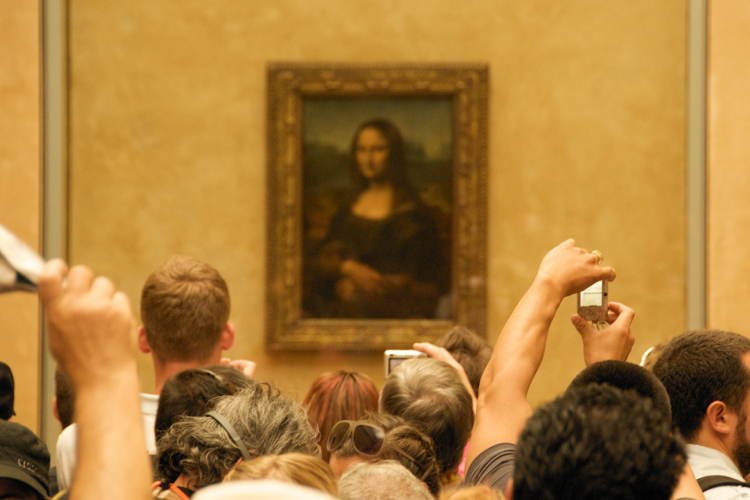
Masterpiece was acquired by French King François I after Da Vinci was invited to work at the Clos Lucé near the king’s castle in Amboise. The small portrait painted on poplar wood has remained a national treasure in France and is one of the most recognized images in the world. Every year, more than six million people view the piece at the Louvre, in Paris, where it hangs behind bullet-proof glass. Source: Vital Statistics
But some scribbling in a book isn’t likely to convince those who believe other theories. The subject’s identity is not the only mystery behind Mona Lisa’s smile, which has been forever linked to the word “enigmatic.” Da Vinci used his self-taught technique of “sfumato” to blend the paint pigments, particularly around the corners of the subject’s eyes and mouth. The technique is thought to have created an illusion of the “enigmatic smile” that disappears pending on the viewer’s vantage point. In the nanoseconds that it takes for the viewer’s eyes to shift from the subject’s eyes to the mouth, the smile seems to vanish.
Scientific tests
In the last decade, the 500th anniversary of the painting’s creation, the Mona Lisa has been laser scanned, examined with infrared light and digitally dissected to extract some of the secrets she might be hiding. In MIT’s journal, Leonardo, physicist Diogo Queiros-Conde takes a scientific approach to the phenomenon. The blending of pigments around the eyes and mouth play a trick on the human eye, he explains. When humans blink, less light filters to the retina and the eyes recognize various combinations of colors depending on the level of light.
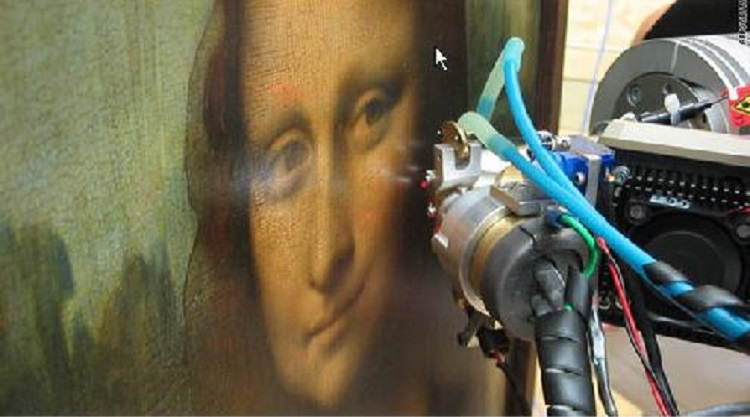
In the last decade, the 500th anniversary of the painting’s creation, the Mona Lisa has been laser scanned, examined with infrared light and digitally dissected to extract some of the secrets she might be hiding.
Remember, Da Vinci had as much of a scientific mind as an artistic one. Perhaps he intentionally painted Mona Lisa to have a flickering smile.
Other experiments have been conducted to discern more information from the painting and its anomalies. Digital analysis has revealed that Da Vinci’s facial characteristics and those of the woman in the painting are almost perfectly aligned with one another. That was enough to convince at least one researcher that the image is actually Da Vinci in drag.
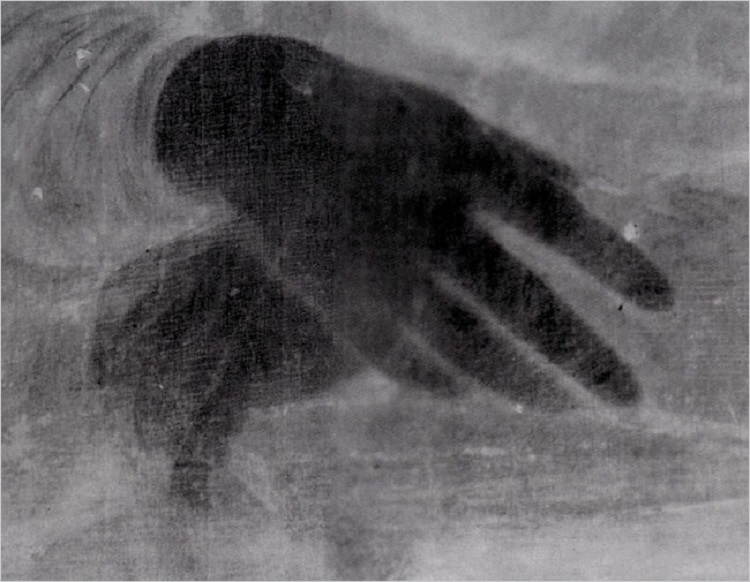
Source: The New York Times
To assess Mona Lisa’s emotion on a more scientific level, Dutch researchers from the University of Amsterdam in 2005 used “emotion recognition” software to determine the subject’s mood. The technology demonstration in cooperation with University of Illinois at Urbana-Champaign determined the capricious smile to be 83 percent happy, 9 percent disgusted, 6 percent fearful, 2 percent angry, less than 1 percent neutral, and 0 percent surprised.
Other tests have determined that Da Vinci originally painted Mona Lisa wearing a bonnet and clutching the arm of the chair she is sitting in, as if she is about to rise from the seat. Others still have been perplexed by the painting’s background, even going so far as to surmise that Da Vinci might have been creating images-within-an-image, not much different from the hidden objects that youngsters might search for in a Highlights magazine puzzle.

As one Da Vinci enthusiast believes, the portrait reveals a question mark when viewed upside down. His observations also describe “hidden” images of an ape, lion, horse and other creatures in the much-analyzed artwork. Source: Hi Tech Analogy
Did Leonardo Da Vinci intend to create so many questions that would be debated for centuries?
The absence of eyebrows on Mona Lisa are just another aspect of the painting that has proved vexing for other academics. Some say it would not be unusual for a woman of Lisa Gherardini’s status to pluck her eyebrows, as in the Renaissance a pronounced forehead was thought to convey intelligence. Another theory is that the artist did in fact give the subject eyebrows and eyelashes, but they have faded or disintegrated over years due to cleanings, age and restorations. Still others say the missing eyebrows point to the fact that Da Vinci never completed the portrait.
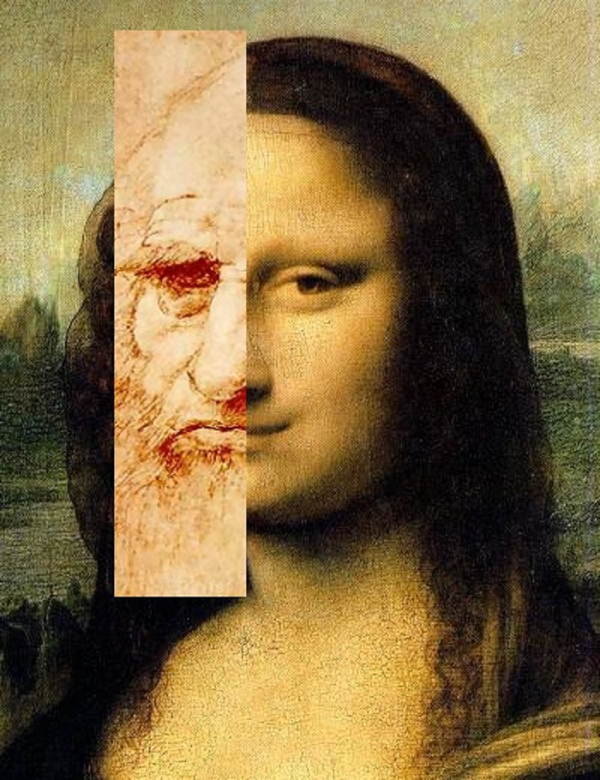
Source: Goya Discovery
The manifold mysteries surrounding the Mona Lisa may never be solved, but as technology advances, she seems to reveal more secrets that have been kept for more than five centuries.
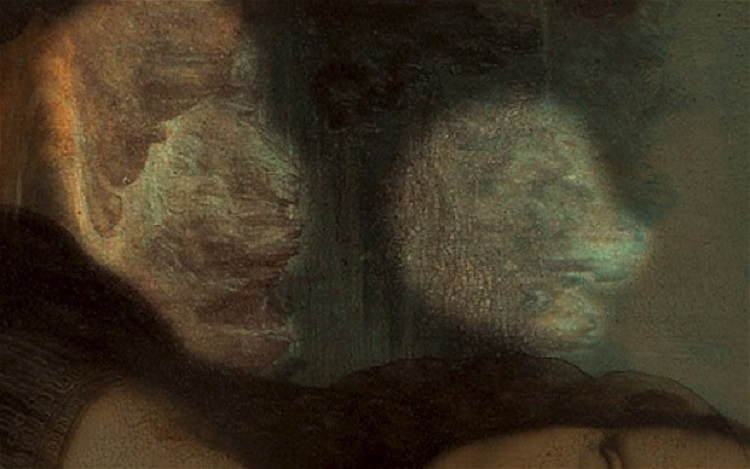
Some people still have been perplexed by the painting’s background, even going so far as to surmise that Da Vinci might have been creating images-within-an-image, not much different from the hidden objects that youngsters might search for in a Highlights magazine puzzle. Source: The Telegraph
